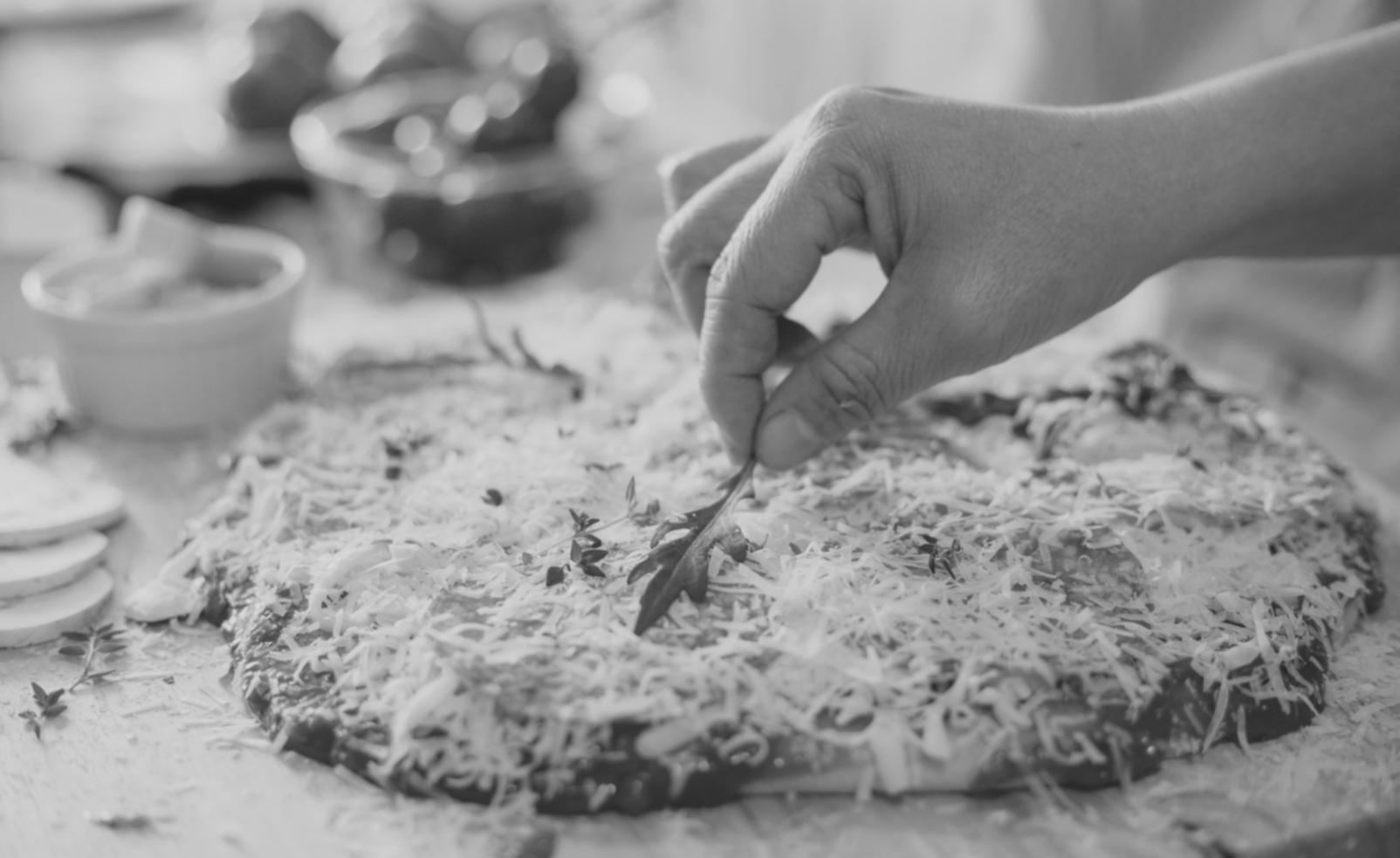How We Bring Pizza Magic to Life
Running a culinary masterclass isn't just about recipes. It's about reading the room, adapting on the fly, and turning nervous beginners into confident pizza makers who actually want to keep going when they get home.
Our Class Development Journey
Each masterclass we run follows a careful path from initial concept to the moment students pull their first pizza from the oven. Here's how we make it happen.
Discovery Conversation
We start by understanding what you're hoping to achieve. Maybe it's a team-building event, maybe you've got friends who want to learn together. We ask about dietary needs, skill levels, and what kind of pizza styles interest you most. This usually takes about 20 minutes over coffee or a phone call.
Custom Class Design
Based on what we learned, we create a session plan that fits your group. We choose recipes that challenge without overwhelming, and we plan timing that allows for hands-on practice without feeling rushed. You'll get a preview outline so you know exactly what to expect.
Ingredient Preparation
A few days before your class, we source everything fresh. Our dough gets prepped the night before because proper fermentation makes a real difference. We portion ingredients, prep stations, and double-check that we've got backups for common mishaps like torn dough or spilled sauce.
Live Masterclass Session
This is where everything comes together. We demonstrate techniques, walk around helping individuals, and adjust our approach based on how the group's doing. Some classes move faster, others need more time on dough stretching. We stay flexible and keep things fun while maintaining proper technique.
Follow-Up Support
After class, you get digital copies of all recipes plus our notes on what worked well for your group. We're available by email if questions come up when you try making pizza at home. Many students reach out a week later with photos of their attempts, which honestly makes our day.
What Makes Our Classes Different
Anyone can teach someone to follow a recipe. We focus on the skills and confidence that turn a one-time class into an ongoing kitchen adventure.
Hands-On From the Start
You're not watching us make pizza while you take notes. Within the first 15 minutes, you're working with dough. We believe muscle memory matters more than written instructions when you're learning technique.
Small Group Attention
We cap classes at eight people so everyone gets individual feedback. When someone's struggling with dough elasticity or oven temperature judgment, we catch it quickly and help them adjust.
Real Kitchen Context
We teach you how to work with home equipment, not just professional setups. Most of our students don't have pizza stones or stand mixers, so we show alternatives that actually work in regular kitchens.
Flexible Pacing
Some groups want to explore fermentation science and flour protein content. Others just want to make delicious food without the chemistry lecture. We read the room and adjust our depth accordingly.
Mistake Recovery Skills
Things go wrong in kitchens. Dough tears, sauce spills, toppings slide off. Instead of starting over, we show you how to recover and salvage what you're working on. These skills matter more than perfect execution.
Recipe Adaptation Guidance
We don't just hand you our recipes and send you off. We explain why ingredients work together so you can confidently modify ratios, substitute items, and experiment once you understand the fundamentals.

What Past Students Say
The best feedback comes from people who've actually tried making pizza at home after taking our class. Here's what stuck with them.
Callum Finch
Corporate Team Lead
We booked this for a team event in February 2026 and honestly didn't expect much beyond a fun afternoon. But the techniques we learned actually stuck. Three of us have been making pizza regularly since then, and we've got a group chat going where we share our attempts. That says something about how well they taught the fundamentals.
Saskia Lindholm
Home Cooking Enthusiast
I've taken cooking classes before where you follow along and then forget everything by next week. This was different because they explained the why behind each step. When my dough wasn't rising properly at home, I remembered what they'd said about temperature and yeast activity. Fixed the problem myself without needing to reach out, though they'd offered follow-up support.